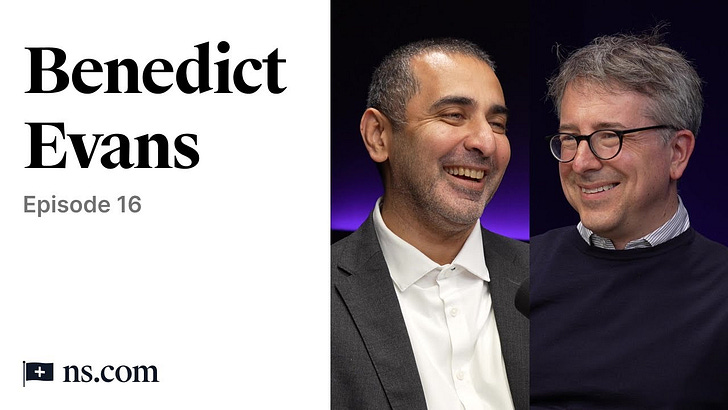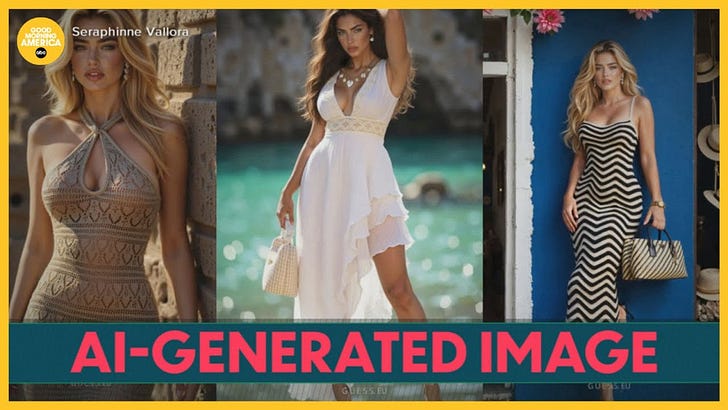📨 Weekly digest: 32 2025 | The two GUI philosophies in the AI era
Part 1: Why "comprehensive" is losing to "curated"
👋🏻 Hello, legends, and welcome to the weekly digest for week 32 of 2025.
A common debate in product design pits two competing philosophies against each other. One believes a graphical interface should be a comprehensive directory; the other sees it as an intelligent guide.
The difference between these two approaches determines whether your product is adopted with enthusiasm or abandoned out of frustration.
The core of this tension can be summarized in one observation: “A good interface must balance two competing demands: to reveal every function the system has, while also guiding the user toward the few actions most relevant to their immediate task.”
The "comprehensive" interface: a directory of capabilities
This philosophy is driven by the belief that exposing every feature, button, and option is the ultimate form of transparency.
It treats the GUI as a visual reference manual, ensuring that the user has complete, unfiltered access to every function the system can perform.
This is often the default in engineering-led organizations, where the goal is to showcase the full power and technical sophistication of the product.
While seemingly user-friendly, this approach has significant downsides. It places a high cognitive load on the user, requiring them to sift through irrelevant options to find the one they need.
This turns a simple task into a problem-solving exercise, increasing friction and making the product feel overwhelming and difficult to master.
Ultimately, it prioritizes the product's capabilities over the user's immediate goal, leading to poor adoption and low engagement.
The "curated" interface: an intelligent workflow
In contrast, the curated interface functions as a strategic guide. It leverages design to anticipate the user's needs and present only the most relevant, context-specific actions.
This approach isn't about simplicity for simplicity's sake; it’s about embedded intelligence.
It requires a deep understanding of user behavior and "accumulated institutional knowledge" to distill a complex process into a clear, guided workflow.
This design philosophy is a direct investment in the user's success. By guiding the user to the most logical next step, it dramatically reduces the learning curve and accelerates their time-to-value.
The interface doesn't just show them what the product can do; it shows them exactly what they should do to achieve their goal.
The peril of the "blank prompt"
The most common failure of the first philosophy is the "blank prompt." A feature-rich system that presents a blank screen or an empty state without clear guidance is a design failure. It forces the user to reinvent the entire workflow from scratch—to figure out not only how to use the tool, but what to do with it in the first place. This is a critical error in an era where users expect applications to be both helpful and powerful.
Ultimately, the most successful GUIs are not those that display the most options, but those that intelligently direct the user's attention.
They are a product of thoughtful curation and a deep understanding of human psychology, transforming a complex system into a simple and intuitive journey.
Yael.
Previous digest:
The Daily Wild publications of the week
📨 Weekly digest
Thank you for being a subscriber and for your ongoing support.
If you haven’t already, consider becoming a paying subscriber and joining our growing community.
To support this work for free, consider “liking” this post by tapping the heart icon, sharing it on social media, and/or forwarding it to a friend.
Every little bit helps!






